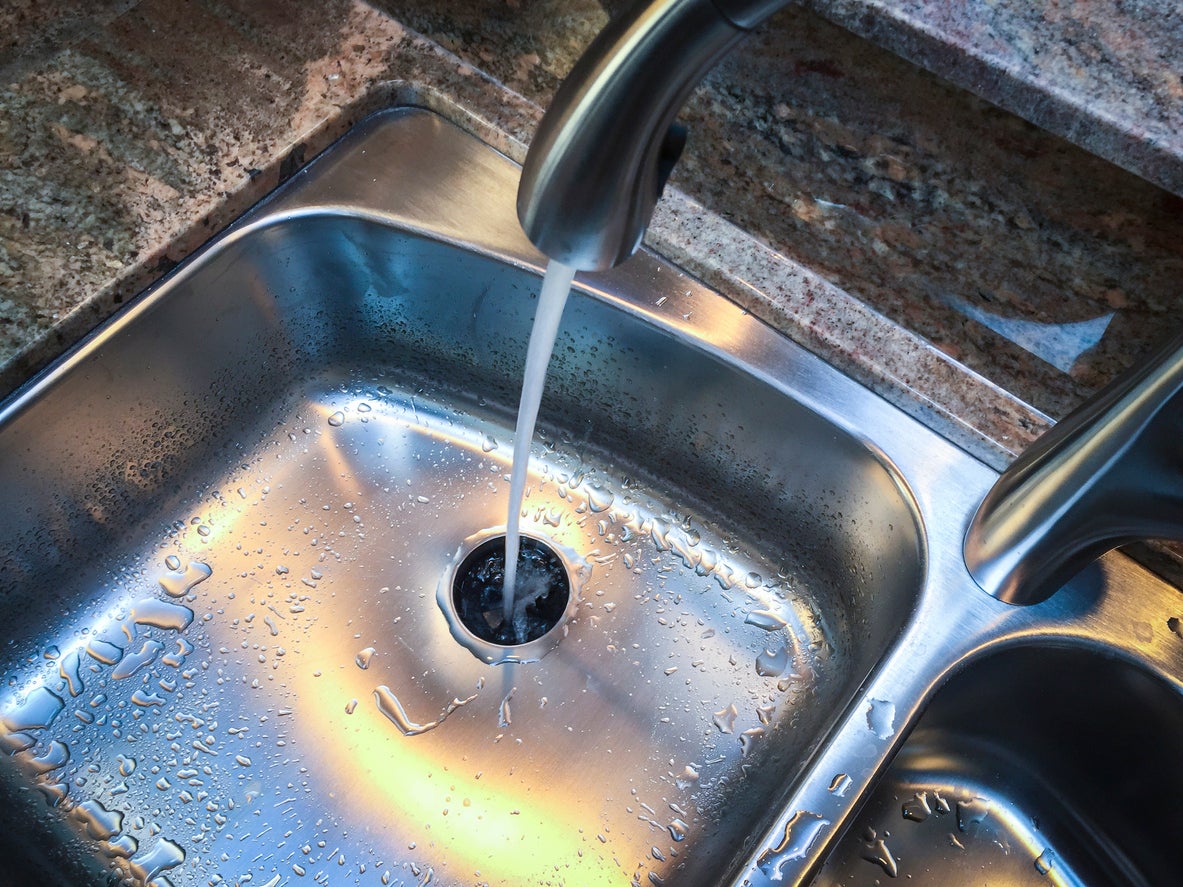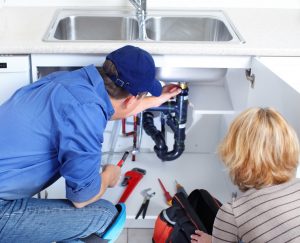Easy-to-Follow Techniques for Repairing a Leaky Garbage Disposal
Easy-to-Follow Techniques for Repairing a Leaky Garbage Disposal
Blog Article
They are making a few good pointers about How to fix a pretty consistent leak from my garbage disposal in general in this post followed below.

Waste disposal unit are vital kitchen area devices that help in disposing of food waste successfully. Nonetheless, a leaking waste disposal unit can be a frustrating and untidy trouble to handle. Luckily, many leaks can be fixed easily with a few basic actions. In this write-up, we will certainly review how to deal with a leaking garbage disposal properly.
Intro
Waste disposal unit are mounted under kitchen area sinks and are made to shred food waste into smaller pieces, permitting it to pass through the pipes system quickly. While these tools are typically trusted, leaks can happen gradually as a result of wear and tear, loose links, or damages to the unit.
Step-by-Step Guide to Repairing a Dripping Waste Disposal Unit
Switch off the Power
Prior to trying any kind of fixings, ensure that the power to the garbage disposal system is shut off to prevent the risk of electric shock.
Situate the Leakage
Recognize the precise location of the leak and figure out the cause
Tighten up Links
Use a wrench to tighten up any type of loosened connections between the disposal system and the pipes system.
Change Seals or Gaskets
If the leakage is due to worn seals or gaskets, eliminate the old parts and change them with brand-new ones.
Patching Cracks or Openings
For fractures or openings in the disposal system, use epoxy or an appropriate patching material to seal the broken area.
Identifying the Resource of the Leak
Before trying to repair a dripping garbage disposal, it is vital to determine the resource of the leakage. This can commonly be done through visual examination or by conducting easy tests.
Visual Assessment
Evaluate the garbage disposal system very carefully for any kind of signs of water leakage. Pay close attention to areas around seals, gaskets, and connection points.
Testing for Leakages
One means to examine for leakages is by running water via the disposal device and looking for any kind of noticeable indications of leakage.
Common Causes of Leakages in Waste Disposals
Worn Seals and Gaskets
Seals and gaskets play a critical duty in stopping water from leaking out of the garbage disposal. Over time, these parts can degrade, leading to leakages around the disposal unit.
Loose Links
The links between the waste disposal unit and the plumbing system can come to be loosened gradually, triggering water to leak out during operation.
Splits or Holes in the Disposal Unit
Physical damage to the waste disposal unit, such as splits or openings in the housing, can also lead to leakages.
Devices and Products Needed for Dealing With a Dripping Garbage Disposal
Prior to starting the repair procedure, gather the necessary tools and materials, including a screwdriver, flexible wrench, plumber's putty, substitute seals or gaskets, and epoxy or patching product for repairing fractures or holes.
Checking the Garbage Disposal After Repair Service
As soon as the fixing is total, check the garbage disposal by running water through it to ensure that the leakage has actually been dealt with.
Preventive Maintenance Tips to Avoid Future Leaks
To avoid future leaks, it is necessary to do regular maintenance on your garbage disposal. This includes keeping it tidy, avoiding putting non-food items or difficult objects down the disposal, and periodically checking for leaks or various other problems.
Final thought
To conclude, taking care of a dripping waste disposal unit is a relatively straightforward procedure that can be finished with standard devices and materials. By following the actions described in this article and practicing precautionary maintenance, you can keep your garbage disposal in good working condition and prevent costly repair work in the future.
What to Do About a Leaking Garbage Disposal
A leaking garbage disposal often goes unnoticed until you confront a sopping cabinet, a foul-smelling puddle, or an audible drip-drip-drip from the unit. The fix can be frustrating, too, because the leak can stem from a number of components in the system. Fortunately, with a little sleuthing, you can zero in on the leak and—depending on the exact location—stop the icky oozing and repair the component that caused it. Worst case scenario, if it turns out that the garbage disposal must be replaced, installing a new one is a reasonable do-it-yourself task for those with basic plumbing skills. Read on to keep the cash you’d otherwise hand over to a pro.
Prepare to find the leak
Prior to testing the garbage disposal for leaks, unplug it at the wall outlet and turn off the power from the breaker box to prevent electrical shock. Then insert a watertight sink stopper into your sink drain and wipe the unit dry with a clean cloth. In any handy container, mix a few drops of food coloring into a few cups of water, and pour the dyed water onto the sink stopper to help you locate the leak.
Investigate the source
the top, where the disposal meets the sink drain the side, where the dishwasher hose or main drain pipe connects to the disposal or the bottom of the unit Inspect each of these locations while gliding a light-colored rag over the unit; the dyed water will readily show on the rag and reveal the location of the leak. If a leak isn’t immediately apparent, remove the sink stopper and pour a few more cups of dyed water down the sink drain, then check for leaks again. Leaks near the top of the unit are more likely to show themselves while the sink is plugged, while side and bottom leaks are more noticeable while the sink is unplugged.
The metal sink flange that sits directly inside the sink drain is typically sealed around the top with plumber’s putty (a clay-like sealant) and then secured from under the sink with bolts. If the plumber’s putty deteriorates, or the bolts loosen, the flange can no longer form a watertight seal between the sink drain and the disposal—which could cause a leak at the top of the unit.
To reseal the leaky flange, you must first detach the garbage disposal. Start by loosening the screws securing the main drain pipe to the disposal, then loosen the screws in the metal clamp securing the dishwasher hose to the disposal and detach the drain pipe and dishwasher hose from the disposal. Loosen the screws in the mounting ring that connects the disposal to the metal mounting assembly beneath the sink, then pull down the disposal and carefully set it on a clean, dry surface. Loosen the bolts in the mounting assembly with a wrench, then pull down the mounting assembly and set it near the disposal.

As a fervent reader on Why Is My Garbage Disposal Leaking From the Bottom?, I was thinking sharing that piece of content was really helpful. Make sure you take the time to distribute this blog posting if you appreciated it. We recognize the value of reading our article about How to fix a pretty consistent leak from my garbage disposal.
Schedule A Service Report this page